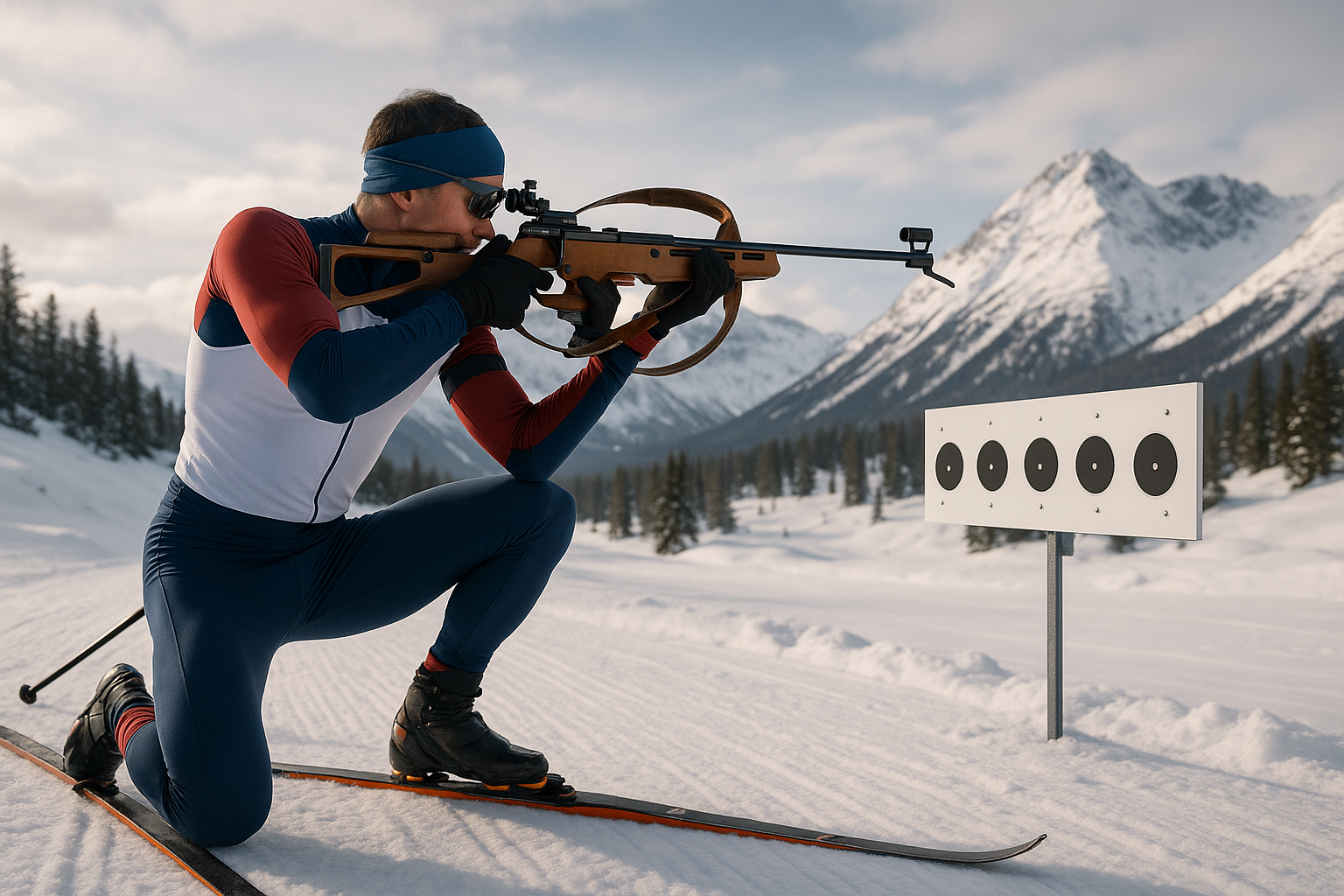Unraveling the Intricacies of Biathlon: A Mixture of Skill, Stamina, and Strategy
Biathlon, a sport that combines cross-country skiing and rifle shooting, has been captivating audiences for decades. Its unique blend of endurance, accuracy, and strategy offers a compelling spectacle that is unlike any other sport. This article delves into the fascinating world of biathlon, tracing its historical roots, analyzing its current trends, and discussing its real-world applications.

The Origins and Evolution of Biathlon
Contrary to popular belief, biathlon did not emerge as a recreational sport. Its roots can be traced back to the snowy landscapes of Scandinavia, where hunters and warriors would traverse the icy terrain on skis and use weapons for survival. This mode of transportation and combat eventually evolved into a competitive sport, with the first recorded biathlon contest taking place in Norway in the 18th century.
Over the years, biathlon has evolved significantly, with changes in equipment, rules, and formats. The sport gained international recognition in the 20th century, and it was included in the Winter Olympics in 1960. Today, it is governed by the International Biathlon Union (IBU), which oversees its competitive structure and ensures fair play.
Biathlon Today: A Test of Skill and Stamina
In the modern biathlon, athletes must complete a cross-country skiing course and hit a series of targets with a rifle. The challenge lies in managing their physical exertion to maintain accuracy in shooting, as each missed target results in a penalty. This competitive format tests not only the athletes’ physical prowess but also their mental strength and tactical acumen.
Biathlon is not just about speed and accuracy—it also demands strategic decision-making. Athletes must decide when to push their limits on the skiing track and when to conserve their energy for shooting. This balancing act adds a layer of complexity to the sport, making it a captivating spectacle for audiences.
The Benefits and Challenges of Biathlon
Biathlon offers numerous benefits, both physical and psychological. It enhances cardiovascular fitness, builds muscle strength, and improves coordination. It also promotes mental resilience, as athletes must remain calm and focused under pressure.
However, biathlon also presents certain challenges. The sport requires specialized training to master the dual disciplines of skiing and shooting. Athletes must also contend with external factors, such as weather conditions and altitude, which can significantly impact performance.
Biathlon in Real-World Applications
Beyond the competitive arena, biathlon has practical applications. It can serve as an effective form of cross-training, helping athletes in other sports to improve their endurance, accuracy, and mental toughness. It also has potential uses in military training, given its origins as a survival technique.
Looking Ahead: The Future of Biathlon
Today, biathlon continues to evolve, with ongoing research into improving training methods, equipment, and performance strategies. As the sport grows in popularity, it is likely to inspire more people to embrace its unique blend of skill, stamina, and strategy.
In conclusion, biathlon offers a fascinating insight into the world of sports. Its unique combination of cross-country skiing and rifle shooting, coupled with its rigorous demands on the physical and mental faculties of athletes, sets it apart from other sports. As we continue to unravel the intricacies of this captivating sport, it is clear that biathlon will continue to enthral audiences for years to come.




